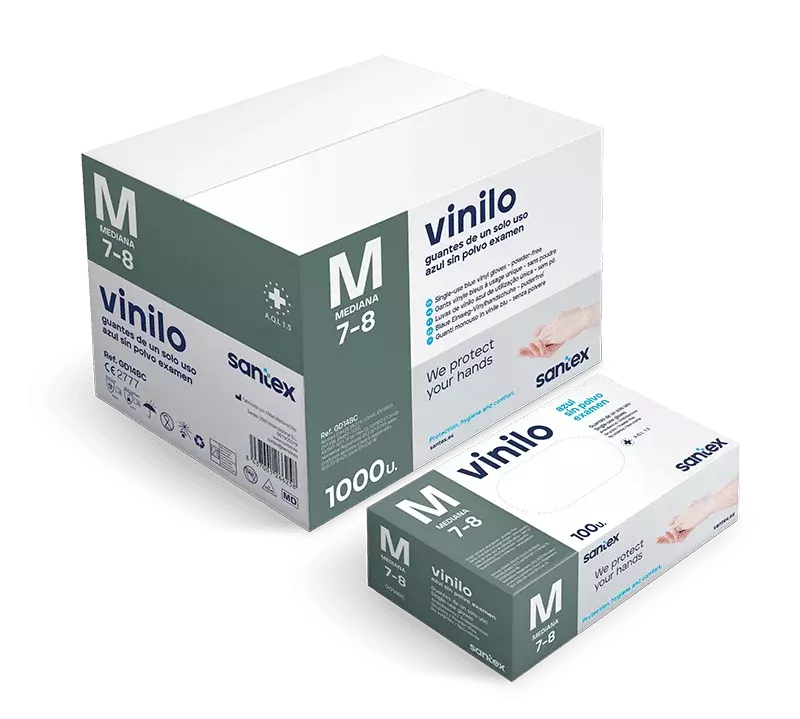
Product description
This model of vinyl glove is the GD14 model and is available in different types of sizes for working people. They are available in blue colour and it is perfect for sectors like HORECA.
About Disposable Vinyl Gloves
Disposable Vinyl Gloves are latex-free hand coverings ideal for food handling, cleaning, and basic medical tasks. Offering economical protection against cross-contamination, these single-use gloves provide a comfortable fit while ensuring hygiene in various professional and household settings.
- Chemical Resistance
- Water Resistance
- Medical Protection
- Antimicrobial Protection
- Hand Protection
Standards and labels
Santex delivery terms
Free delivery when you order more than 80,00 € from Santex
Supplier shipping fee 7,94 €
Brand minimum 1 000,00 €
Santex
Vinyl Gloves, Blue, 10 x 100 pcs
Vinyl Gloves, Blue, 10 x 100 pcs
4.8 / 5
41,94 €
Price per 10 packages (1 000 pcs)
4,19 € / 100 pcs
Shipping fee is 7,94 € for orders under 80,00 €